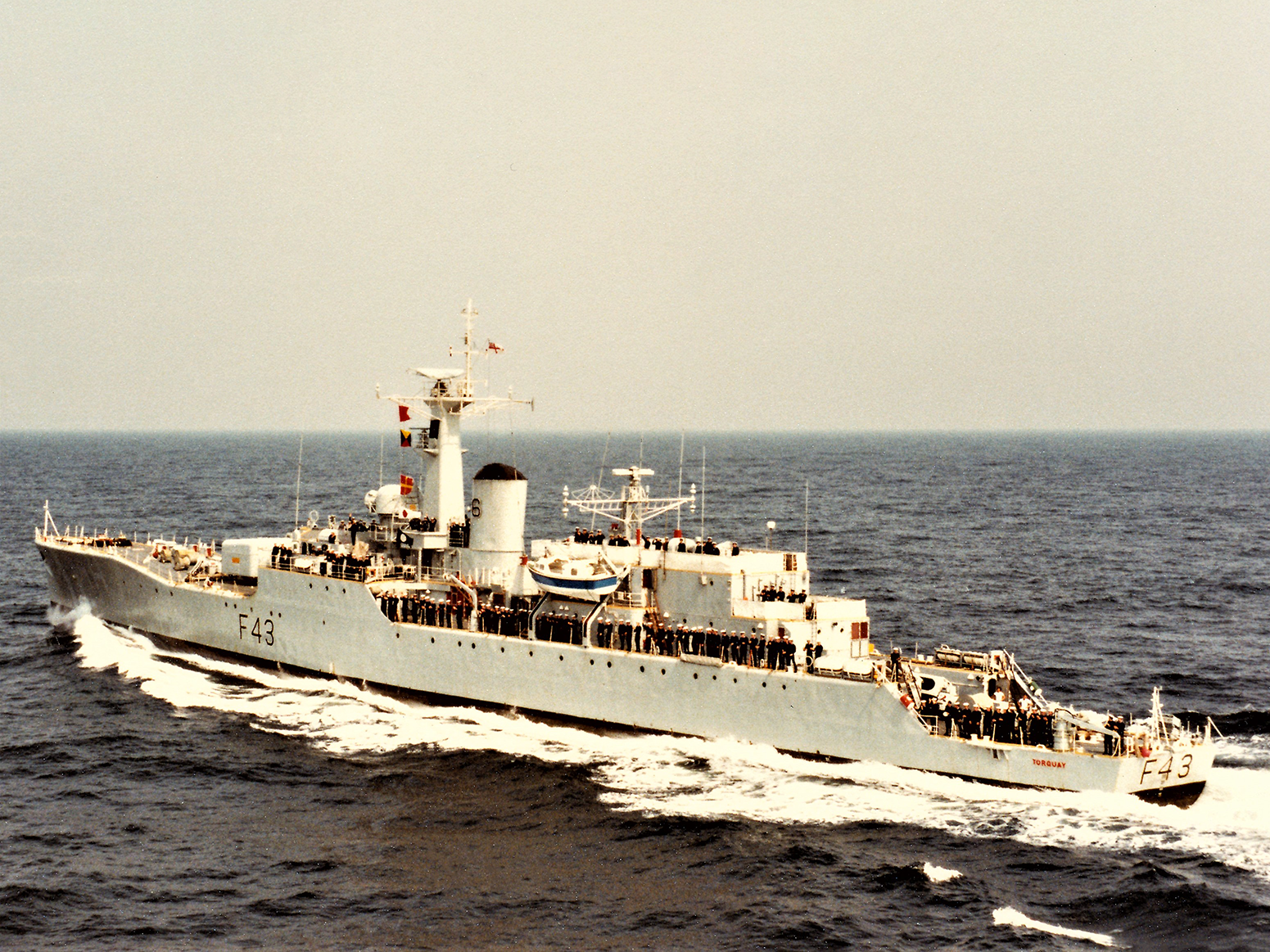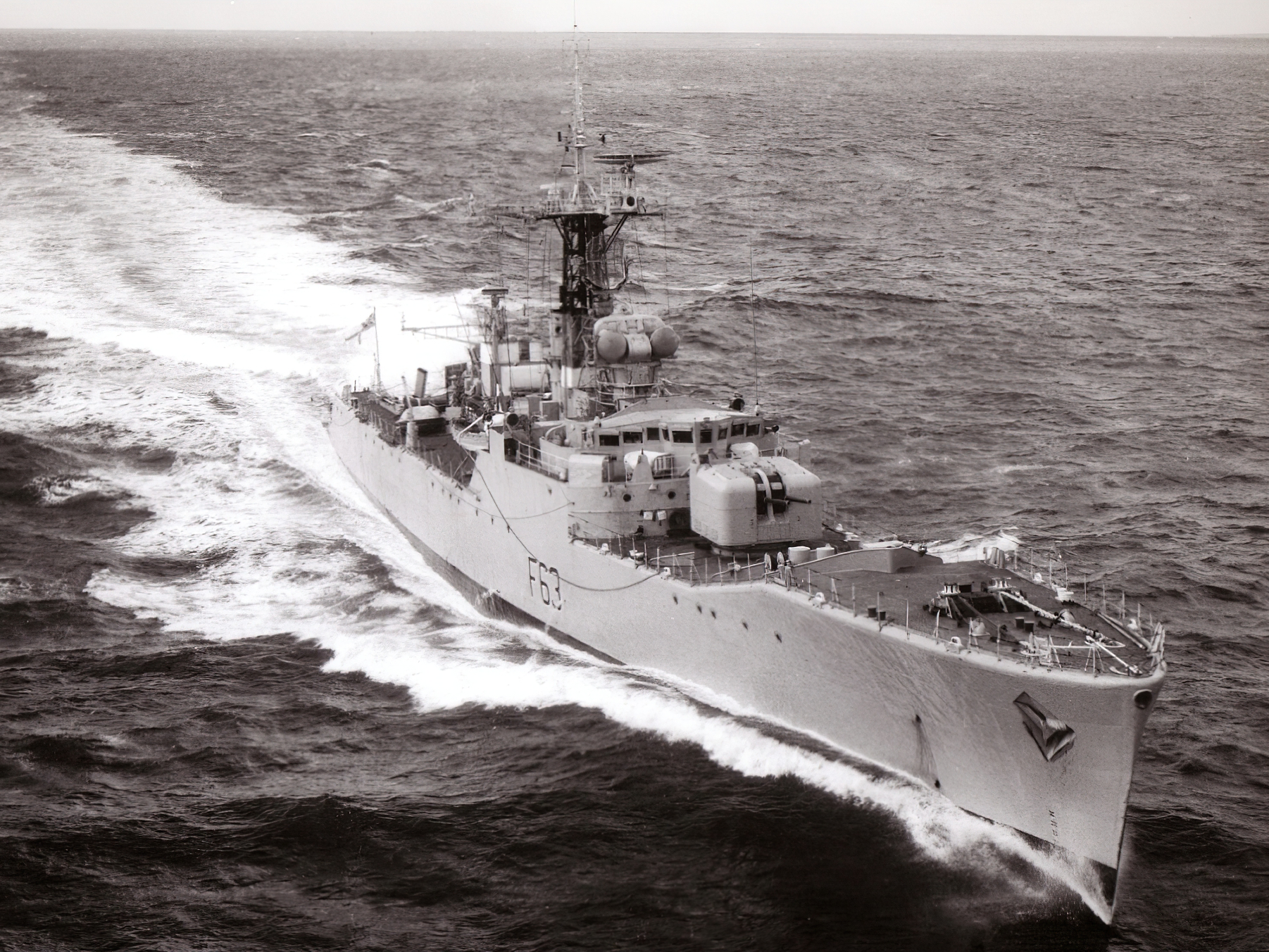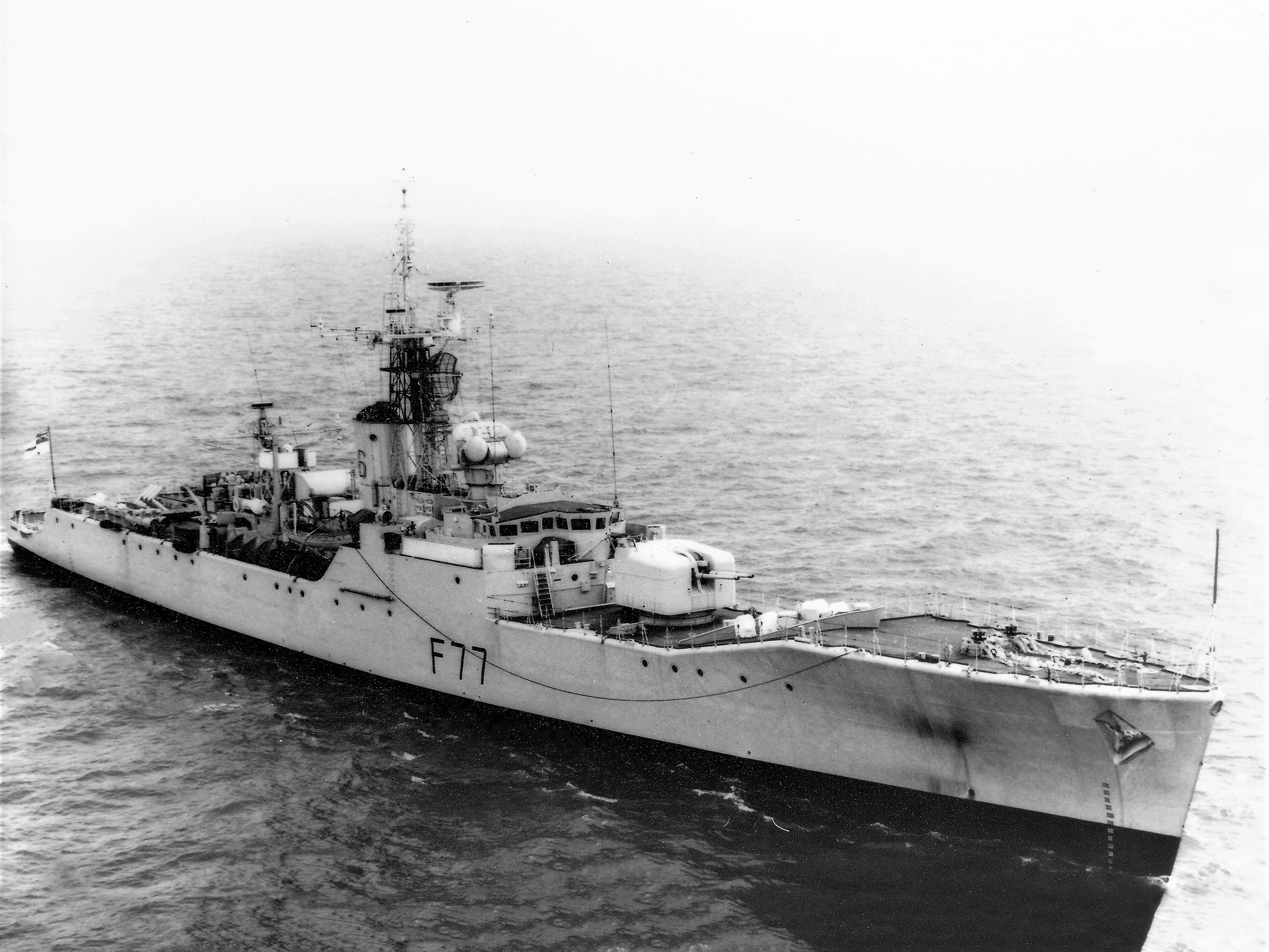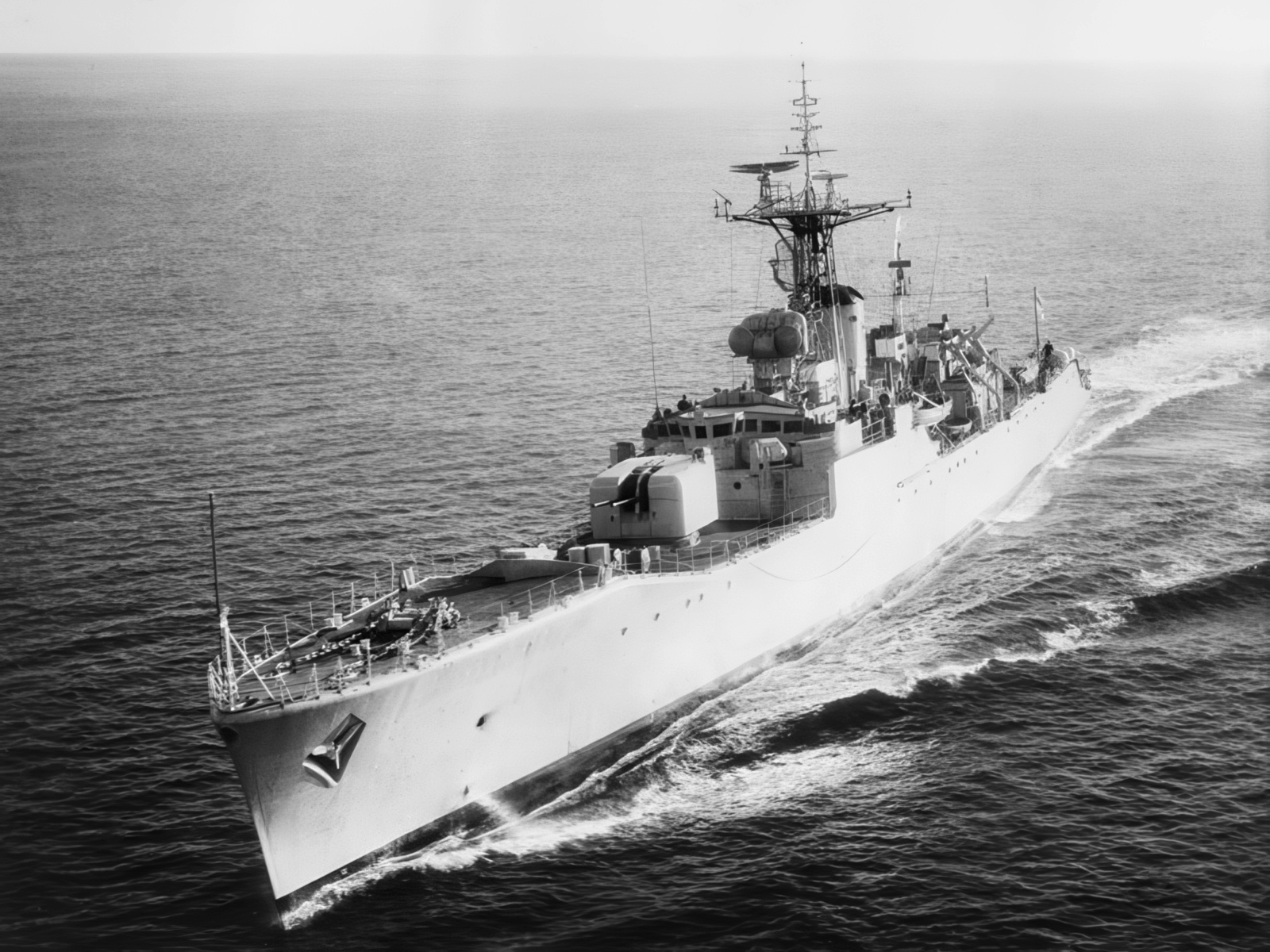Royal Navy Whitby Class Frigates: A Comprehensive Guide
Introduction
The Whitby class frigates, officially designated as Type 12, were the Royal Navy’s first purpose-built anti-submarine warfare (ASW) frigates of the post-war period. Designed in the 1950s to counter the growing threat of high-speed Soviet submarines, the Whitby class introduced a new generation of hull design, sonar, and ASW weaponry. They laid the foundation for two major follow-on classes: the Rothesay and Leander classes, and marked a turning point in Cold War naval strategy.
Origins and Design Development
By the early 1950s, the Royal Navy required a new class of escorts that could counter fast diesel-electric and nuclear submarines. The answer was the Type 12, later known as the Whitby class. This class incorporated a hydrodynamically efficient hull for stability and endurance in the North Atlantic.
These frigates featured a quiet propulsion system, long-range sonar, and Limbo mortars, making them ideal sub-hunters. Their relatively large size for an escort, displacement of around 2,150 tonnes, and long range made them valuable in Cold War NATO operations.
Their success led directly to the development of the improved Rothesay (Type 12M) and Leander (Type 12I) classes.
Ships of the Class
Six ships were built in the Whitby class, all named after coastal towns or regions in the UK.
Service and Operations
Commissioned between 1956 and 1958, the Whitby class served throughout the Cold War period. They became mainstays of NATO ASW exercises, North Atlantic patrols, and overseas deployments.
Their primary task was anti-submarine protection of convoys and carrier groups. They also performed fishery protection, colonial policing, and training duties.
HMS Eastbourne and HMS Torquay were later converted into training ships, with their aft Limbo mortars removed and additional accommodation fitted.
HMS Blackpool was loaned to the Royal New Zealand Navy from 1966 to 1971.
The class began to be withdrawn in the 1970s, as the Rothesay and Leander classes, which shared the same hull lineage, offered greater flexibility and improved electronics.
Design and Technical Features
Displacement: 2,150 tonnes standard
Length: 370 feet
Propulsion: Steam turbines, 2 shafts, maximum speed 29 knots
Armament (as built): 1 × twin 4.5-inch gun turret forward 2 × Limbo anti-submarine mortars 40mm Bofors gun(s) for air defence
Sonar: Type 170 and Type 174
Radar: Type 293 and 277 surface search
Crew: Around 200 officers and ratings
The hull and propulsion design proved so successful that it became the basis for many future Royal Navy escorts.
Legacy and Replacement
Though their careers were not long compared to later frigates, the Whitby class introduced vital new concepts in hull design, ASW equipment, and operational doctrine.
They were succeeded by the Rothesay class, which retained the same hull but improved weapons and electronics. Their influence lived on through the Leander class, and even later frigates such as the Type 23 owe aspects of their design philosophy to the original Type 12.
Summary – At a Glance
|
Ship |
Commissioned |
Notable Service Highlights |
Fate / Status |
|
HMS Whitby (F36) |
1956 | First of class, NATO ASW duties |
Decommissioned 1974 |
|
HMS Torquay (F43) |
1956 | Converted to training ship |
Decommissioned 1985 |
|
HMS Tenby (F65) |
1957 | ASW patrols, North Atlantic service |
Decommissioned 1975 |
|
HMS Scarborough (F63) |
1957 | Cold War deployments, NATO service |
Decommissioned 1975 |
|
HMS Eastbourne (F73) |
1958 | Training ship, instructional duties |
Decommissioned 1984 |
|
HMS Blackpool (F77) |
1958 | Loaned to RNZN 1966–1971 |
Decommissioned 1976 |
Conclusion
The Whitby class frigates were quiet, reliable, and innovative ships that marked a shift in naval thinking. Designed with submarine hunting in mind, they introduced design features and systems that would remain standard for decades. While their service was relatively short, their influence was long-lasting. They shaped the future of Royal Navy escort design during the Cold War and beyond.





